Fall vegetables offer a bounty of color, flavor, and nutrition. The vegetables that are in season in the fall include pumpkins and squashes of all sorts, cauliflower, potatoes, and hearty greens like collards and kale, which do quite well in cooler weather.
Other autumn favorites include carrots, cabbage, Brussels sprouts, and gorgeous beets in all colors. For all veggies, growing time depends on your local climate. Better Homes and Gardens reminds us that we need to plant our fall vegetables and fruits based on the expected date of the first frost and then count backward based on the vegetable you want to plant. Add about two weeks extra to account for the decreased daylight hours.
Read on to discover some of the best fall vegetables to grow in the cooler season, and tips and tricks for getting the best harvest yet.
Lettuce
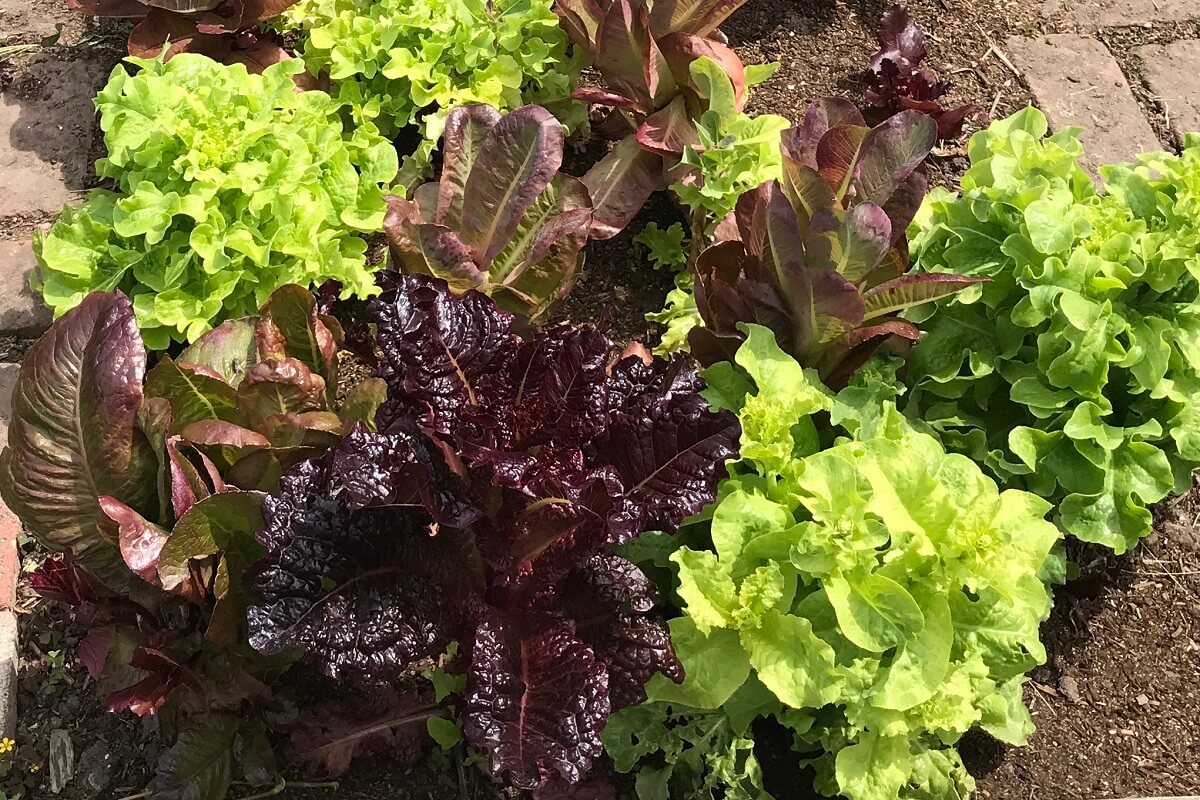
Lettuce can be planted 4-8 weeks before the first frost and sometimes even into frosty weather if you have cold frames.
Choose hardy varieties that can withstand the cooler temperatures and even then, you might want to choose cold frames to extend their season. Chris at Vegetable Gardener recommends the following lettuce for fall growing. I’m sure these are all delicious, but I mostly love these fun names:
- ‘Mascara’—loose leaf
- ‘Drunken Woman Frizzy-Headed’—loose leaf
- ‘Rouge d’Hiver’—romaine
- ‘Merveille des Quatre Saisons’ (Marvel of Four Seasons)—bibb
- ‘May Queen’—butterhead
- ‘Speckled Bibb’—butterhead
- ‘Grand Rapids’—loose leaf
- ‘Black-seeded Simpson’—loose leaf
Collards, Cabbage, and Kale
Cabbage, kale, and collards will do well and actually sweeten in cooler weather. These sturdy plants can grow through the summer season and will continue to grow much further into the year, and if you’re lucky, through multiple seasons.
Hardier varieties, like collards, thrive in temperatures from 40º-65ºF. Although, I have a very healthy collard plant in my backyard in Honolulu! Collards will germinate in soil as cool as 45 degrees Fahrenheit, so you can keep planting through the fall months if your soil is right. Others, like Red Russian kale, can even grow through the winter.
Cauliflower
Since cauliflower doesn’t produce those gorgeous white heads until autumn, it’s a classic fall vegetable and one of my favorites. It tends to be a bit persnickety when it comes to temperature, and perhaps that accounts for the high cost at the grocery store.
Farmer’s Almanac explains that cauliflower needs average temperatures of about 60 degrees Fahrenheit, so usually about 6-8 weeks before the fall frost. Note that full heads might take up to 85 days from transplant, so this is a good one to practice planning ahead.
Carrots
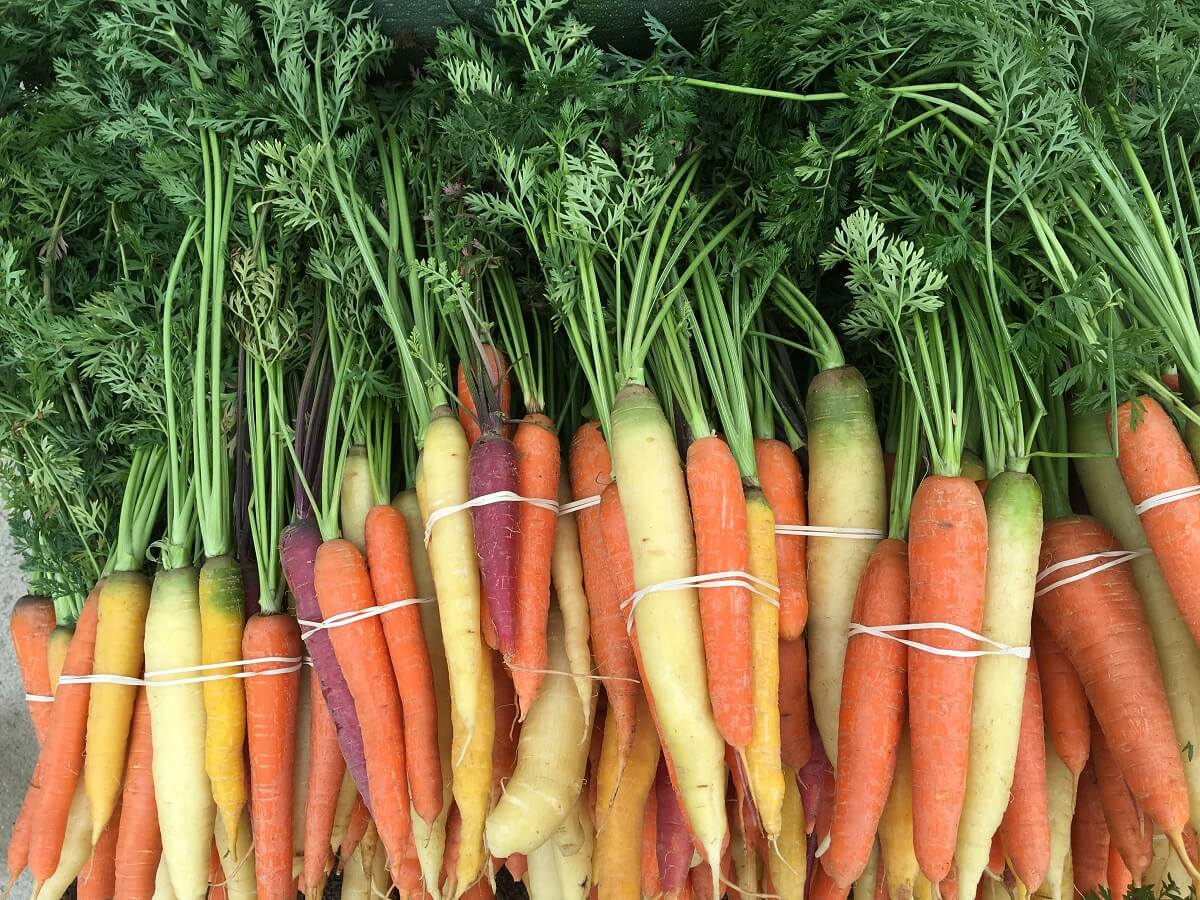
Carrots can grow all through the season but are really delicious when harvested in the fall. Good Housekeeping recommends sowing seeds about 2-3 months before frost, as most carrot varieties take about 70-80 days to mature.
But in warmer zones (Hardiness Zone 8 or higher), you can plant through the fall and winter.
Turnips
Turnips are great cool weather crops and will keep well through the winter, too. I like to use turnips in my homemade sauerkraut (along with beets and carrots) to ensure I’m sneaking this healthy vegetable into my diet.
Related Post: How to Protect Plants From Frost: 12 Clever Methods That Work
You can eat both the greens (though they are quite bitter) and the roots, which have a strong pungent taste. Turnips can be sowed in late summer and into the fall for later-season harvests. Farmer’s Almanac recommends harvesting after the first frost, which makes them much sweeter!
Garlic

Get your garlic in the ground before the first frost. Some say before the autumn equinox. Planting in the fall for next year gives the bulbs a bit of a head start for the longer days of spring and allows them be ready for harvest in later summer of next year.
Pumpkins
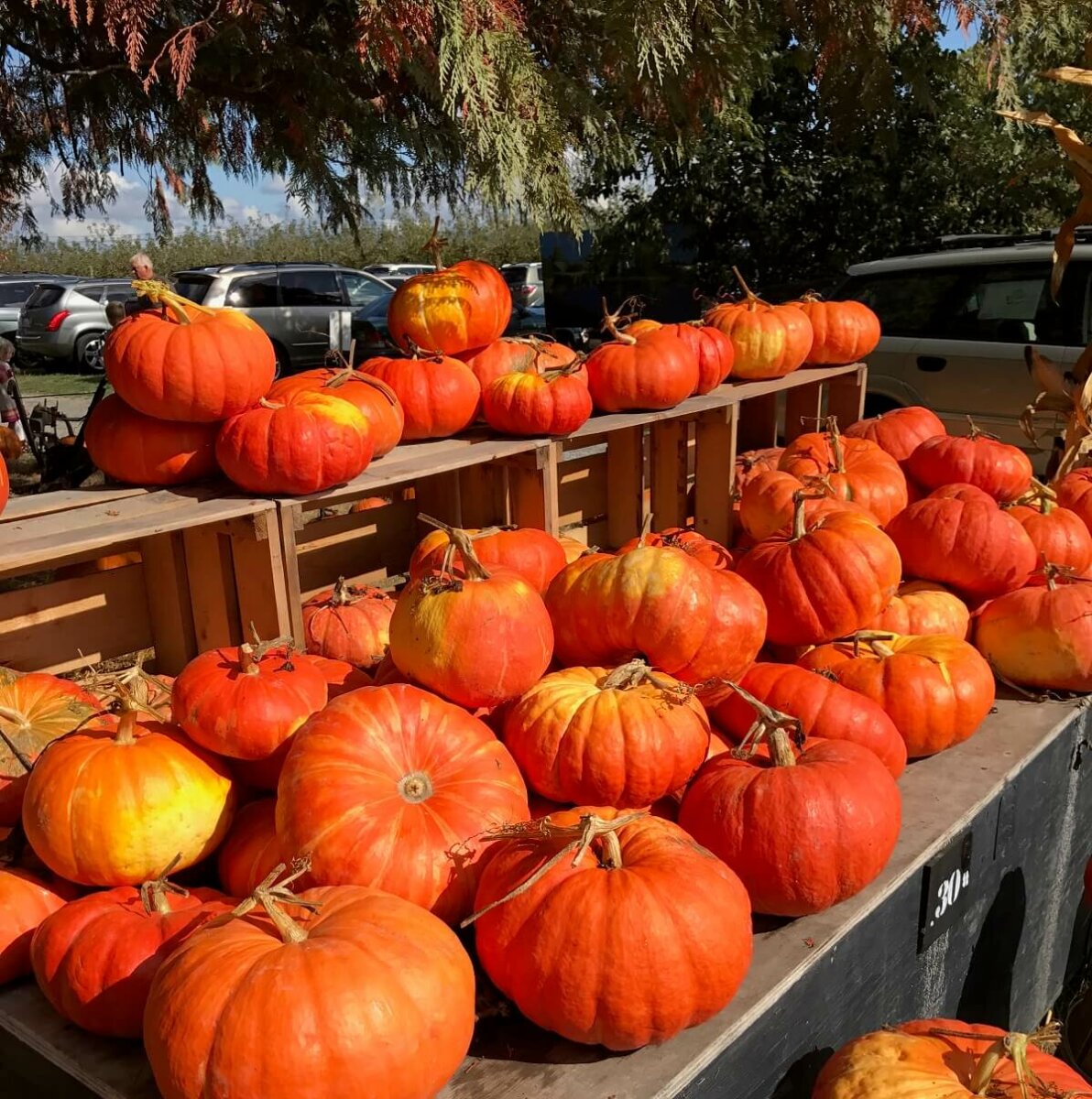
While pumpkins are typical fall vegetables (technically they are a fruit!), they do not grow through the cool weather, so you need to plan ahead during spring and summer to ensure a good fall harvest of pumpkins and squashes.
Follow these helpful instructions for growing pumpkins from the Old Farmer’s Almanac to ensure that you get the best pumpkin harvest each season.
Planting Timeline For Fall Vegetables
For more information, and to be sure you’re planting at the right time, check out this excellent chart from Gilmour that details the timeline for planting fall vegetables:
| 12 to 14 weeks before the first frost | Direct sow lettuce, radishes, and rutabagas. Start seeds for cabbage, kale, cauliflower, kohlrabi, and other brassicas indoors. |
| 10 to 12 weeks before the first frost | Direct sow beets, carrots, and chard, plus another round of lettuce and radishes. Transplant seedlings for cabbage, kale, cauliflower, kohlrabi, and other brassicas outdoors. |
| 8 to 10 weeks before the first frost | Direct sow spinach, arugula, turnips, mustard, Asian greens, and another round of lettuce and radishes (including winter radishes). |
| 6 to 8 weeks before the first frost | Direct sow another round of spinach and radishes. |
| On or around the first frost | Direct sow garlic, onions, and shallots. |





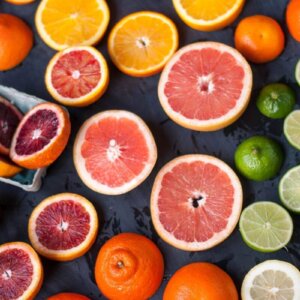

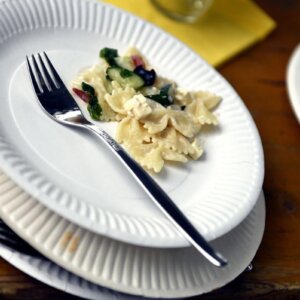

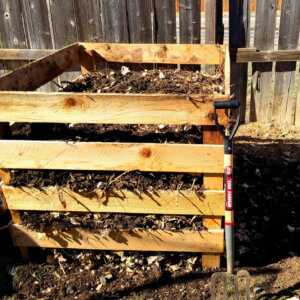
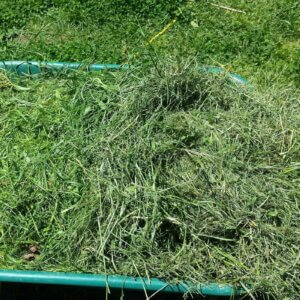
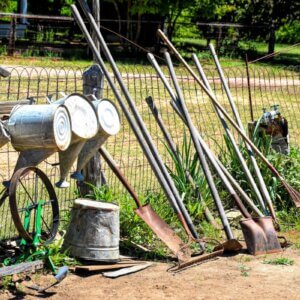

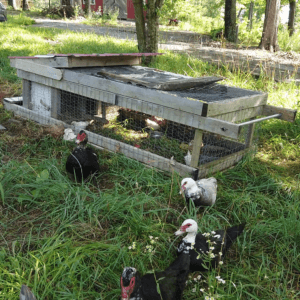
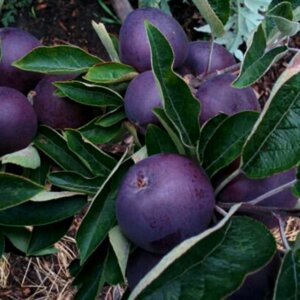












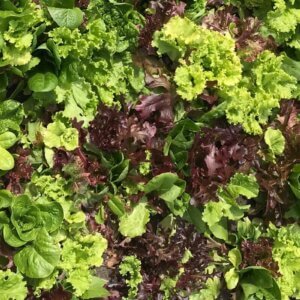
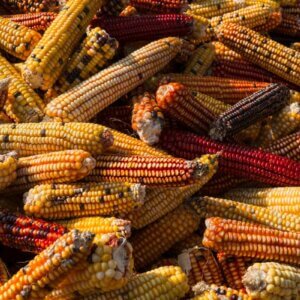

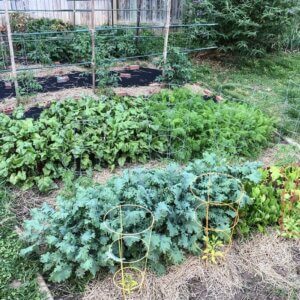
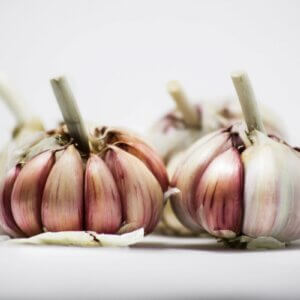
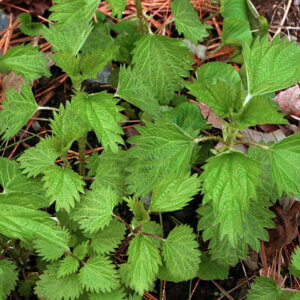
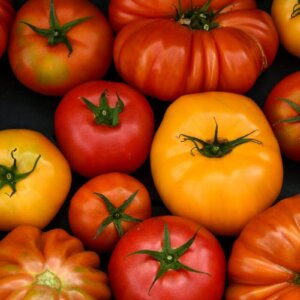
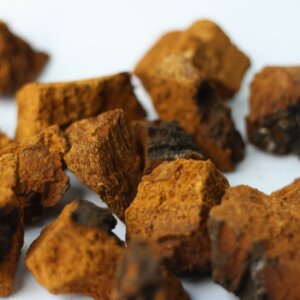
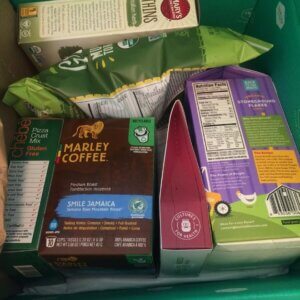
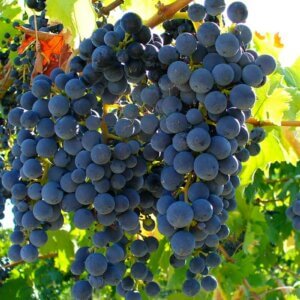
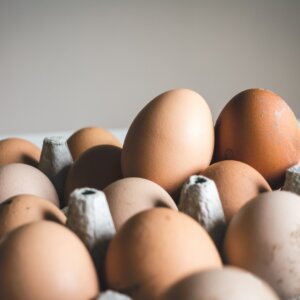


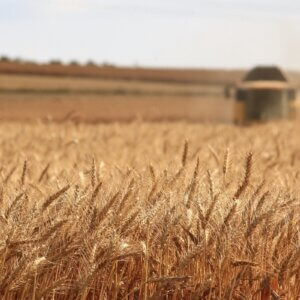
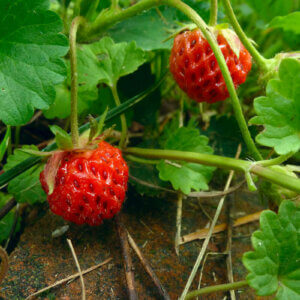

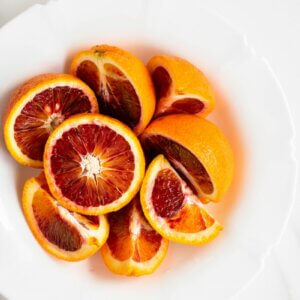
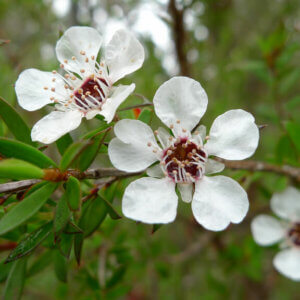
I thought it was also possible to grow peas in the fall.
Sue Chehrenegar